
I’ve been using the Sony A6400 camera for a long time, and over time, I tried many different lenses with it, including small ones and big zoom lenses. Since this camera has a crop sensor (APS-C), picking the right lens is not just about picture quality.
It also depends on the weight of the lens, how balanced it feels on the camera, how fast it focuses, and how well it works with Sony’s Eye AF and real-time tracking. Some lenses that are amazing on full-frame cameras don’t work the same way on this one, so I had to find out which lenses fit the A6400 best.
 ★★★★★ (5/5)
★★★★★ (5/5)
After testing many options, I found that the Sigma 18-50mm f/2.8 DC DN is the most useful all-around lens for the Sony A6400. It takes sharp and colorful photos, focuses quickly, covers a wide zoom range, and is still small and light enough to carry around.
A lot of people kept asking me what lenses I would suggest for the Sony A6400, so I decided to make a complete list of my top choices. I wanted to include lenses for different cases like portraits, travel, low light, and video. To make the list even better, I worked with the FixThePhoto team to test more Sony A6400 lenses and compare results together.

Most of our team picked the Sigma 18-50mm f/2.8 DC DN as their favorite zoom lens for the Sony A6400. It is a small and light lens with a wide f/2.8 aperture (only 65x75mm in size and 290g in weight), but it still feels strong in the hand. On the first day I tried it, I took it around the city, shooting both street scenes and cafes. The aperture let me take photos inside darker places without needing to raise the ISO too much, and it also gave a nice soft background blur.
Another thing I liked was how close you could get to things – only 0.12m at the widest end - making it easy to take detailed shots of small items, like coffee art or flowers behind a shop window. Autofocus was quick, quiet, and accurate, even when following people moving toward me in a busy market. I also tested short video clips, and the focus changes looked smooth and natural without me needing to adjust a thing.
When shooting against bright light, there was little flare or ghosting because of Sigma’s special lens coating. If there’s one small weakness, it’s that the corners lose a bit of sharpness at 50mm when the lens is wide open. However, in most everyday photos, this is hardly noticeable. Overall, this Sigma lens has become one of my go-to A6400 lenses: it’s light, so you can carry it all day, fast enough for low-light scenes, and sharp enough for everything from travel shots to portraits.
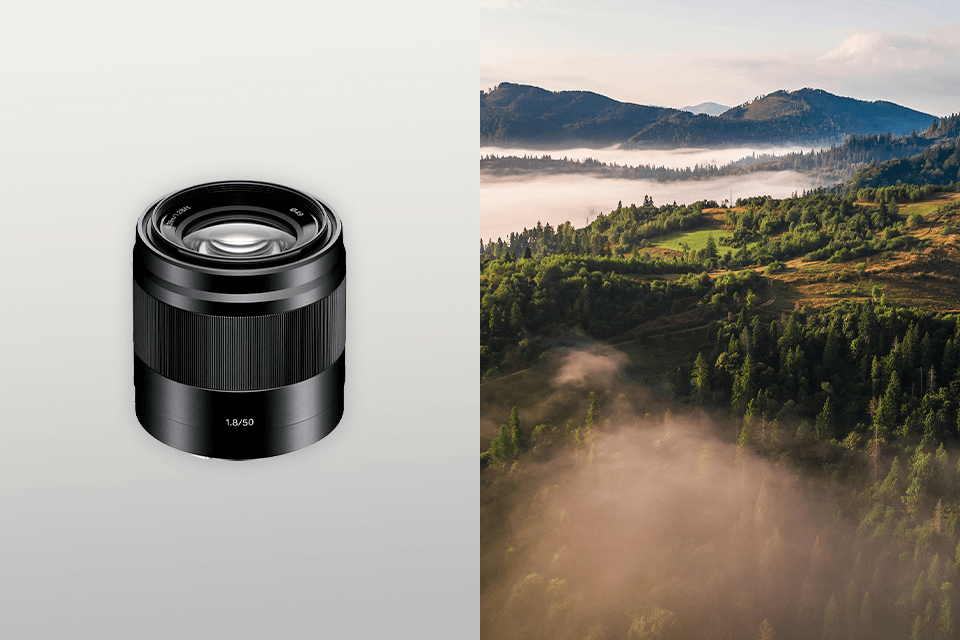
The Sony E 50mm f/1.8 OSS is another lens I think works great on the A6400. It’s light, compact, and comes with optical stabilization, which is unusual for a prime lens in this range. The size fits the A6400 well; it's also small and easy to carry, but solid thanks to its metal finish. Even after hours of use, it never felt uncomfortable to hold, and it matched the A6400’s compact design nicely.
The f/1.8 aperture is very helpful for separating the subject from the background, especially when taking portraits of people sitting among autumn leaves. The OSS stabilization was useful in darker areas because it let me use slower shutter speeds without blur, so that the images were sharp and detailed.
Also, I tried moving closer to the model when taking candid photos, and Eye AF worked flawlessly in good lighting. While manual focus was possible with the focus ring, it didn’t feel as precise as older mechanical lenses. Nevertheless, this Sony A6400 lens is a great everyday choice for portraits, travel, and casual street photos, offering sharpness, small size, and lovely background blur.
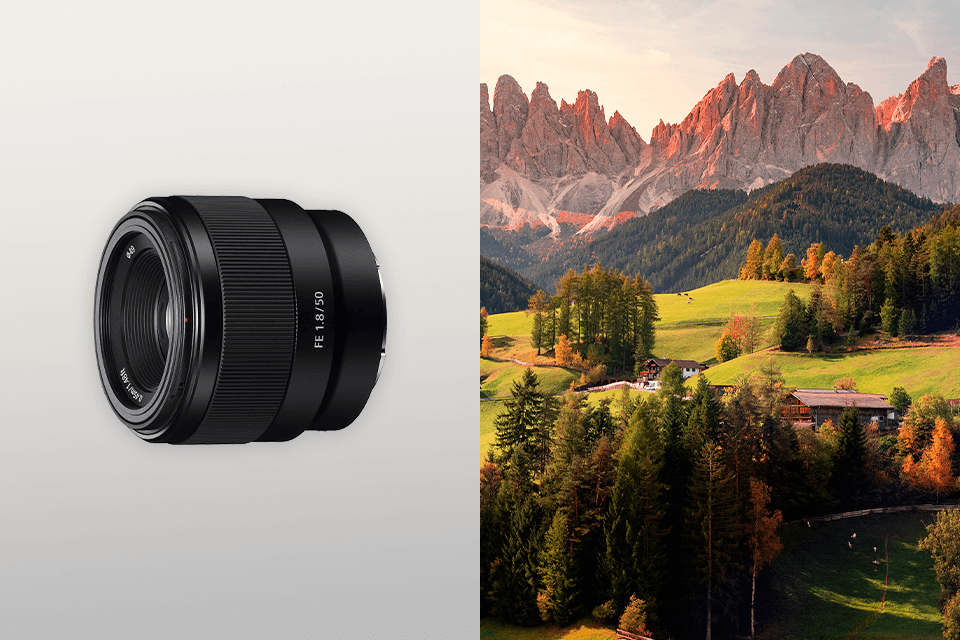
I bought the Sony FE 50mm f/1.8 just because I was curious. It was much cheaper than most full-frame lenses for the Sony A6400, and it had so many good reviews on Amazon that I wanted to see why. After using it for a few days, I got the hype: it is small, light, and delivers much better image quality than I expected for its price. On the A6400, it felt almost weightless, making it easy to carry all day.
The wide aperture (f/1.8) made it perfect for low-light situations. During the test indoors, I could keep ISO low and still get bright, clear photos, and outdoors, it gave portraits a nice blurry background. The colors looked lifelike, and the shots looked sharp even when the lens was wide open. There was no noticeable distortion, and the bokeh looked smooth and clean without weird shapes.
That said, the autofocus is not as fast as on more expensive Sony lenses, and it makes a faint clicking noise when focusing. For photos, that’s fine, but in video with sound, it might be picked up by the mic. But I still think that for its price, this lens is a bargain. It’s small, affordable, and sharp, making it one of the best 50mm lenses for Sony full-frame cameras, which works well on the A6400 too.
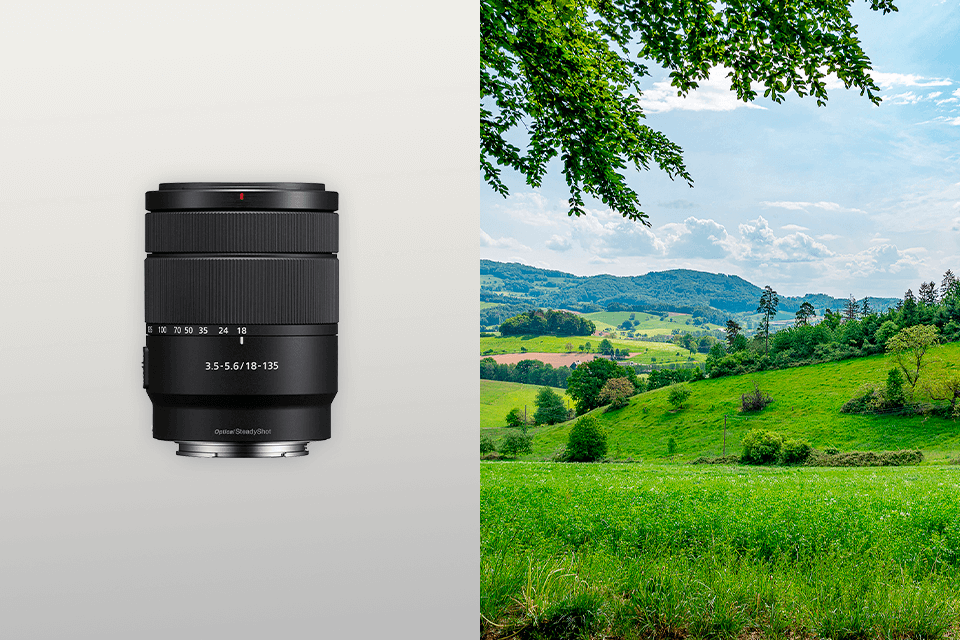
I’ve been using the Sony 18-135mm lens on my A6400 for several years, and it has become my main everyday lens. The zoom range from 18mm to 135mm makes it versatile for any type of photography without needing to switch lenses. It’s light and compact, fits the camera well, and since it has built-in stabilization, I can still get sharp pictures even at slower shutter speeds.
For a Sony A6400 zoom lens with this wide a range, the image quality is better than expected. The center of the frame is sharp, the colors look natural, and the contrast is strong. The autofocus is quick and quiet, which helps for video and for moments when I want to shoot without drawing attention. The closest focusing distance is 0.45m at the telephoto end, which means I can capture close-up details without needing special equipment. This makes the lens great for travel and daily use since it works for almost everything.
The only downside I noticed is that I have to raise the ISO for night photos, especially when zoomed in, since the aperture is smaller there. If you want one lens that covers nearly every situation, stays light, and delivers consistently good results, the 18-135mm is one of the best choices.
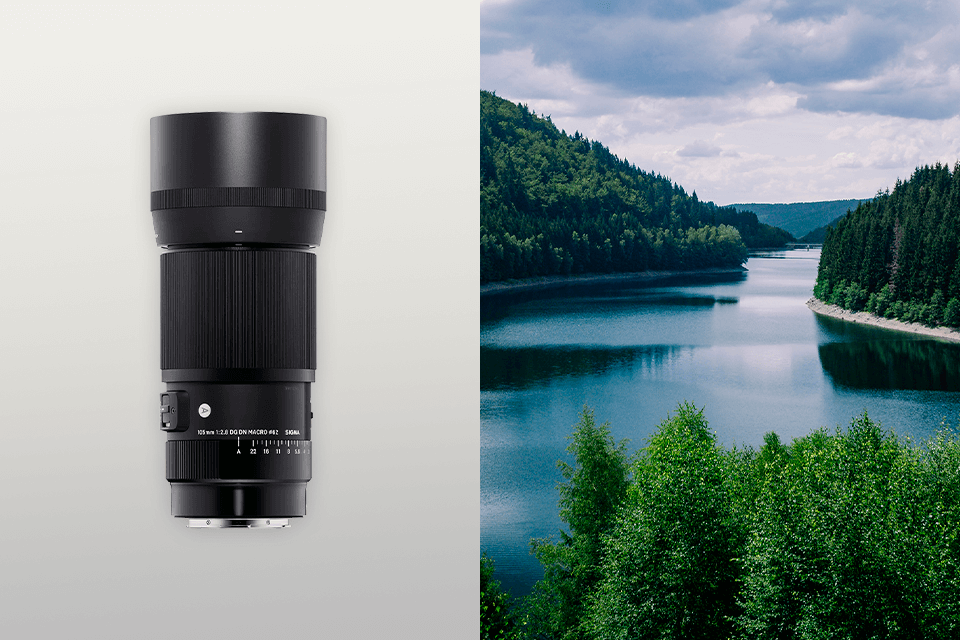
When I told my colleague Ann that I was looking for a true macro lens for the A6400, she suggested the Sigma 105mm f/2.8 DG DN Macro Art. Right from my first test, I was amazed by how sharp the details were – I could see tiny hairs on a bee’s leg and the fine textures of flower petals. The 105mm length gave me enough distance from subjects that might move away, and the f/2.8 aperture helped create a soft background blur, so the subject stood out.
Since the A6400 doesn’t have in-body stabilization, I had to keep my shutter speed fast enough, but with steady hands, I still got sharp photos even in lower light. The bokeh looked smooth and attractive, making subjects pop against soft backgrounds.
For product photos, the lens also worked very well, showing surface details clearly without looking harsh. The only drawback is that this lens doesn’t have built-in stabilization, which could be harder on cameras without IBIS. Even so, with careful use of the camera, it performs wonderfully. This Sony A6400 lens is sharp, reliable, and enjoyable for both close-ups and portraits.
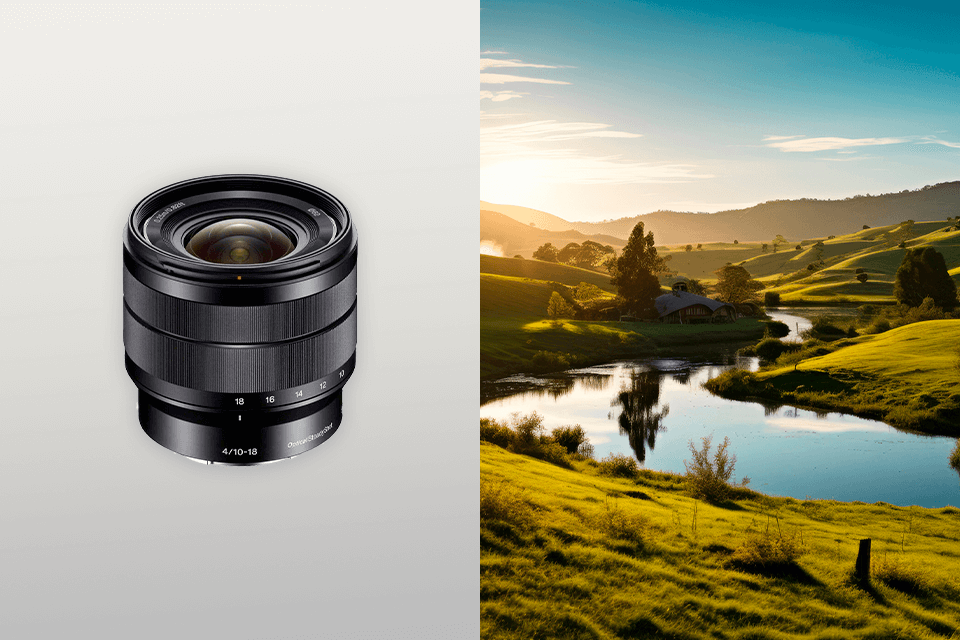
Another Sony lens worth mentioning is their 10-18mm f/4, and it’s not surprising that it works so well on the A6400. The ultra-wide angle makes photos feel immersive but without strange distortion, and the constant f/4 aperture keeps brightness consistent. The 10mm end is great for vlogging, because it fits both me and the background in the frame without stretching my face.
I also like the balance between its build quality and its weight. The lens feels solid but is still light enough to carry easily. Its optical stabilization pairs well with the camera, making handheld photos and video smoother, even at slower shutter speeds. Since this lens for the Sony A6400 is made just for APS-C cameras, it’s smaller and lighter than big full-frame wide-angle lenses, but it still gives a wider view on this crop sensor than many full-frame lenses do.
The only downside, in my opinion, is the price: it costs more than some other lenses in this category, and the plastic lens hood doesn’t feel as high-quality as the rest of the lens. When I need a lens that combines the sharp image quality, portability, and stabilization, this wide-angle lens earns its place in my camera bag even if it’s a bit tough on the budget.
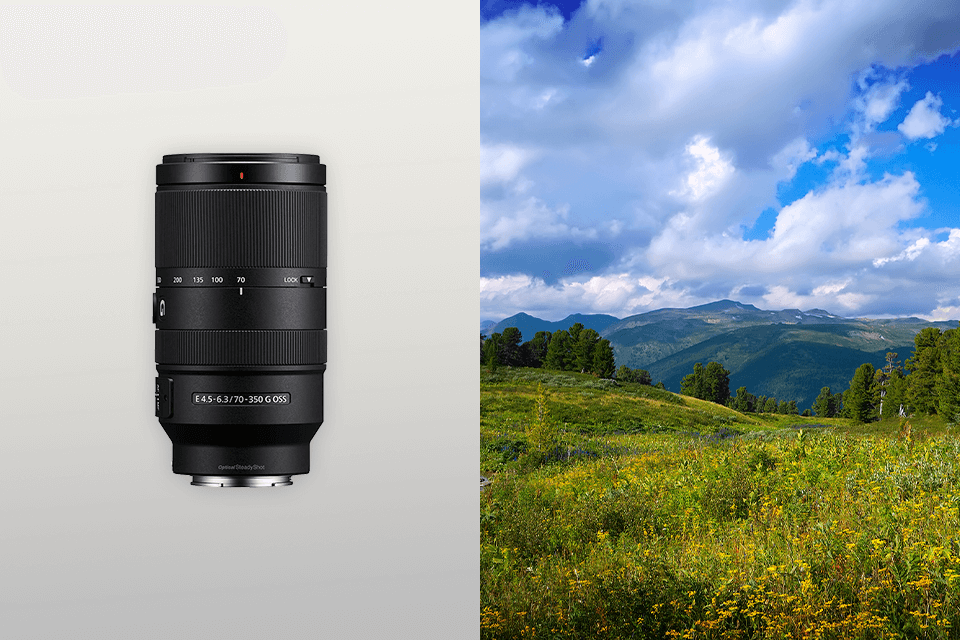
The Sony E 70-350mm F4.5-6.3 could easily be ranked higher on any list of lenses, but its high price makes it harder for many people to buy. For those who can afford it, though, this Sony A6400 telephoto lens is excellent for travel. On my first trip with it, I was able to capture a heron flying across a lake in sharp detail – something my other lenses couldn’t reach.
Later that same week, I used this telephoto lens to photograph hikers who appeared as tiny figures against a bright ridge, even though they were several kilometers away. The result was a dramatic shot where the mountains looked even bigger and more impressive. The lens measures 77 x 142mm and weighs 625g, so it fits in a travel bag without feeling as heavy as professional sports lenses.
Thanks to optical stabilization, handheld shots stayed sharp, and the autofocus was quick and reliable, whether following a bird in the sky or a surfer out on the water. The main downsides are the high cost and the relatively small aperture, which means it doesn’t perform as well in low light. You’ll need plenty of daylight for the best results.
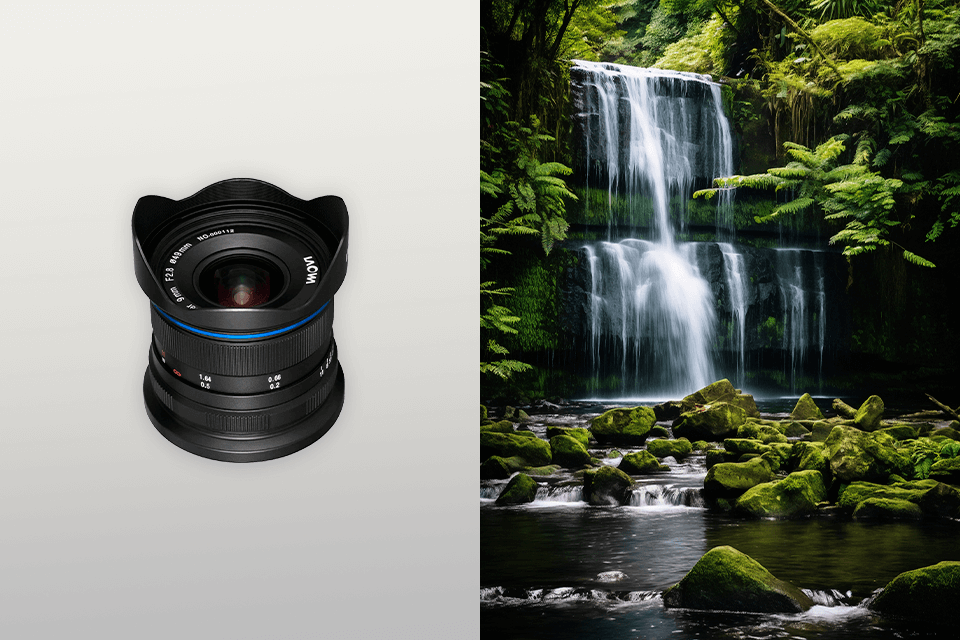
In our studio, we also have the Laowa 9mm f/2.8 Zero-D, and I was excited to finally test it. Over the past couple of months, I used it for both indoor and outdoor photography, even during a rainy winter. This gave me a chance to see how well it worked in low light and for wide shots.
The lens is very small, even smaller than many prime lenses for the A6400 I’ve tried before. What stood out most, though, was its strong build quality: it’s all metal, comes with a detachable metal hood, and has solid aperture clicks that you don’t usually find on lesser-known brands. I used it for tight indoor spaces, wide landscapes, and even some early night-sky photography when the weather cleared.
The lens was easy to carry and gave sharp results across the frame, even in bad weather. The only challenge is that it’s manual focus only, which means you need to turn the focus ring yourself. If you’re used to autofocus, this can feel slow, especially when shooting moving subjects.
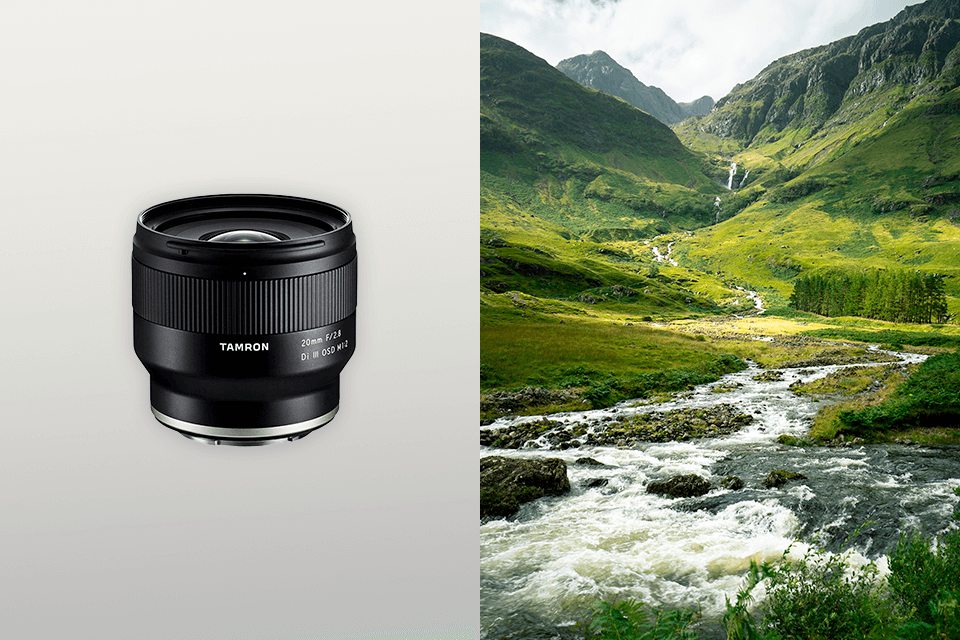
A friend of mine recently let me borrow the Tamron 20mm f/2.8 Di III for the A6400, and I wanted to see how it compared with Sony’s prime lenses. Right away, I noticed how light and compact it was, which made it great for days when I didn't want to bring my big bag but needed a wide-angle lens.
The weather sealing was also helpful, giving me confidence to shoot outdoors even in light rain or dusty conditions. During the testing, I noticed that it was sharp in the center at normal distances, especially for landscapes and architecture. It also handled backlit scenes well, with less flare than I thought I’d see from a budget lens.
However, since the autofocus is slower than Sony lenses, it works best for subjects that don’t move quickly or situations where you don’t need speed. Sony’s lenses perform better overall, but the Tamron lens for the Sony A6400 offers great value if you want close focusing and don’t want to spend too much.
We tested all the lenses in this guide on the Sony A6400 over several weeks in real shooting situations. Instead of just taking a few quick sample photos, we used each lens for actual projects, day trips, and studio sessions to see how they worked when weight, speed, and reliability mattered.
Each A6400 lens was tested in four main ways. First was the urban shooting, where Ann looked at sharpness from corner to corner by photographing buildings, street scenes, and shop signs. She shot at the widest aperture and then stopped down to see how sharpness and distortion changed. Second was landscape and travel photography, where it was my job to check color accuracy, contrast, and how well the lens handled flare by shooting directly into the sun and including bright reflections.
Third, I asked Tati to perform close-up tests, so she photographed plants, food, and textures at the closest focusing distance, paying attention to fine details and how the background looked. Finally, I also did low-light testing by shooting on evening streets or indoors with only available light. This was done to check how fast the autofocus worked, whether the aperture was practical, and if optical stabilization kept handheld shots sharp.
By using the same camera body – the Sony A6400 – for all of these tests, we made sure the results were easy to compare. This process showed not only how sharp or colorful each lens for the Sony A6400 was but also how well it fit into an APS-C travel setup in terms of size, weight, and handling.